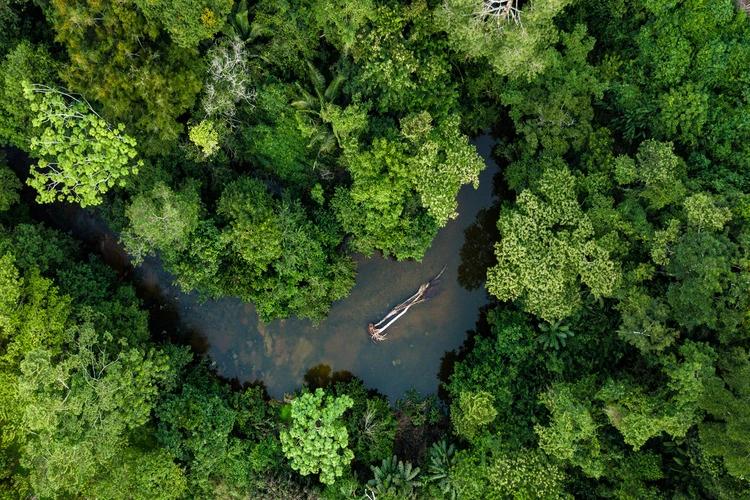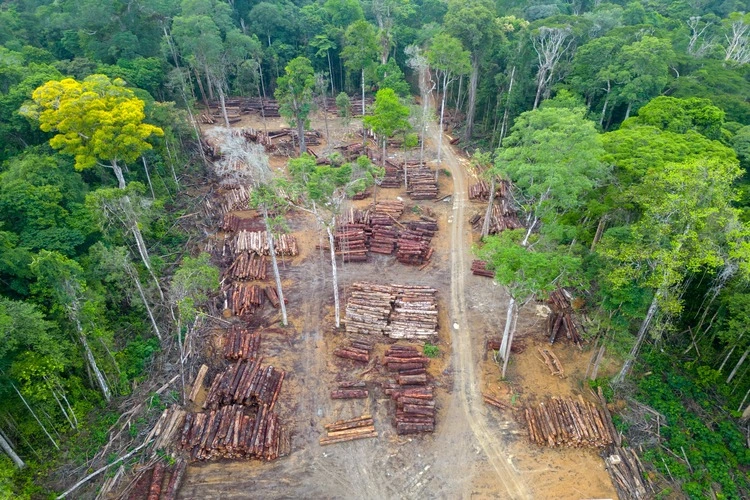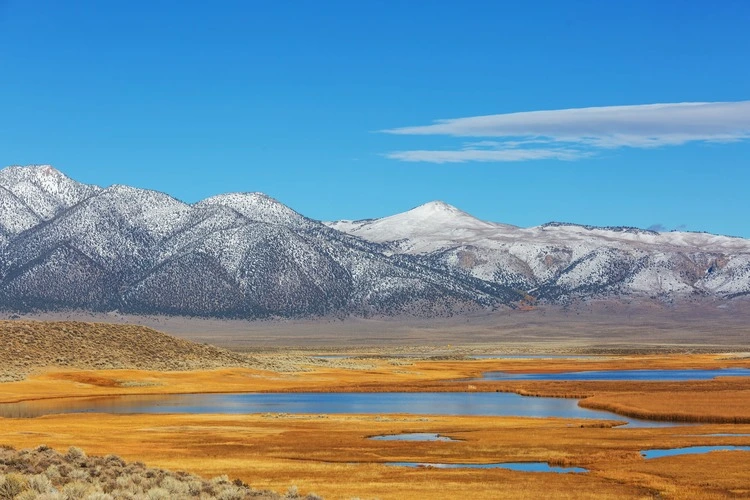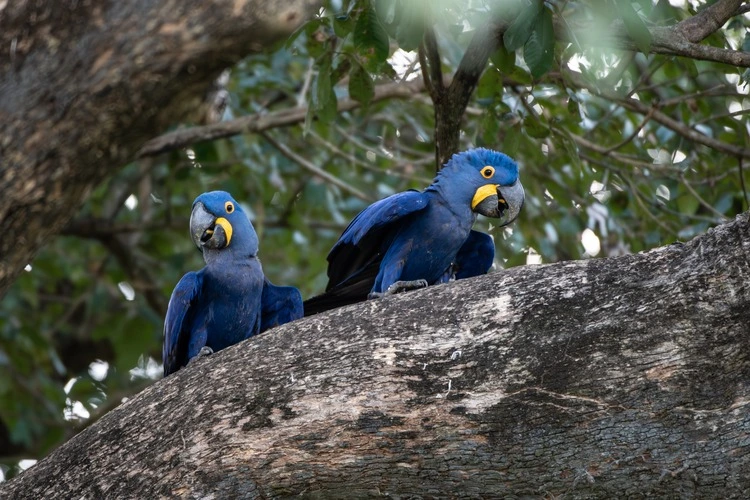
Discover the vast implications if the world’s largest tropical rainforest – the Amazon – is destroyed
By
Spanning 670 million hectares across nine countries, the Amazon is the world’s largest tropical rainforest and home to more species of plants and animals than anywhere else on the planet.
It boasts some of the most extensive levels of biodiversity on the globe, and 75 per cent of its plant species are endemic to the Amazon. Its trees collectively form one of the largest carbon stores in the world, holding between 90–140 billion metric tons of carbon.
Enjoying this article? Learn more about the Amazon:
However, despite the importance of the Amazon, it has faced extensive deforestation in recent years – from 1978 to 2017, more than 750,000 sq km of the rainforest was destroyed. With 64 per cent of the Amazon falling within its borders, Brazil takes the number one spot for its involvement in deforestation, contributing the most toward the rainforest’s destruction between 2001–2012 out of any other country.
The biggest reason for this destruction is in the name of cattle ranching, as forests are cleared to make way for cattle, whose produce of beef makes up one-quarter of the cattle products across the world.
But what would happen if the entire Amazon rainforest were to be wiped out?
Increased CO2 emissions
Each year, 40 billion tons of CO2 is released into the atmosphere across the world, and the Amazon absorbs two billion tonnes.
Already, research indicates that the Amazon is becoming less effective at storing carbon, with some estimates suggesting it may only be absorbing just half as much CO2 as it did back in 2004. As well as this, the effects of forest fires – which produce three times more carbon than forests can absorb – compound the Amazon’s growing inability to store CO2.

Estimates suggest that if the Amazon were to collapse and all trees were destroyed, it could release 32 billion tons of CO2 over the next 30 years – an event that could trigger a ‘global climate collapse’. For comparison, the worldwide burning of fossil fuels releases an estimated 34 billion tons of CO2 each year.
No more ‘flying rivers’
The Amazon is home to ‘flying rivers’ – huge areas of water vapour generated by the rainforest and carried by air currents – which condenses to form rain, vital to weather patterns, agriculture and the water cycle as a whole.
If the estimated 400 billion trees which reside in the Amazon – were to vanish, the impact would be significant on the water cycle. Each day, one of these trees generates enough water to fill ten bathtubs, and combined, they release 20 billion tonnes of water into the air each day. Clearly, without them, the extent of the Amazon’s flying rivers would be extremely reduced. It would have further impacts on the regulation of rainfall not only in the Amazon but beyond.
In particular, changes in rainfall would impact the success of Brazil’s agricultural industry, as only around six per cent of its cropland is currently irrigated, making it heavily reliant on rainfall.
Increased food insecurity in US
If the Amazon were to disappear, its effects would be far-reaching and even impact the US’s food security, according to a study which simulated the effects of such a collapse.
The study’s hypothesis is based on other research that points to a depleted Amazon causing a weather pattern similar to El Niño. As the Amazon would experience depleted rainfall, its temperature would rise, sending a pattern of dry air moving with wet and cool air from the south. This would cause more rainfall in the Gulf of Mexico but dry out the United States’ northwest regions and the Sierra Nevada snowpack.

In particular, this snowpack is vital to California’s water supply – as it acts like a reservoir for frozen water, which melts over the summer months. The state’s water supply is directly related to its ability to sustain its vital agricultural output.
As such, a shift in this water supply could have a cascading impact on food security in the US.
Loss of biodiversity
The Amazon’s level of biodiversity is one of the richest in the world, with more than three million species – including one-third of all tropical tree species that are known on the planet – residing there.
Already, the loss of biodiversity is a reality for the Amazon, with several species’ rankings on the IUCN Red List growing higher and higher. For example, the hyacinth macaw (Anodorhynchus hyacinthinus) and Milton’s titi (Plecturocebus miltoni) have faced increasing pressures from fires and increased forest degradation for the use of the agribusiness sector.

If the Amazon were to disappear, this fascinating hotspot of biodiversity would be entirely lost. And as some species are endemic to the Amazon, their loss would be irreversible.
Cultural extinction
The 1.5 million people who comprise an estimated 385 Indigenous communities in the Amazon are vital in conserving the rainforest. With vast knowledge of the lands, these communities often actively monitor forests due to the ecosystem’s cultural significance.
Recent research has highlighted the impact of Indigenous efforts to curb illegal activity in the Amazon and to protect these forests. To emphasise the extent to which Indigenous communities prioritise the Amazon, areas of forests managed by these groups were on average carbon sinks, compared to those not managed by Indigenous communities – which were on average net carbon sources.
For these Indigenous communities, the loss of the Amazon would cause a huge depletion of Indigenous culture, an event dubbed as ‘cultural extinction’. Losing the Amazon is more than losing land: for Indigenous groups, it is also inextricably intertwined with permanently extinguishing ways of life, languages, cultural traditions and an ability to preserve, share and pass on knowledge to future generations.




